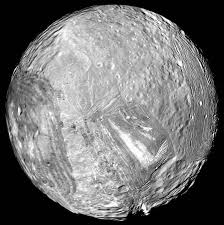Some nice things can happen when you’ve got a contact with a publisher to have your cherished novel published for the multiverse to enjoy. As you already know, my second novel, A Truth Beyond Full, is under contract to be published by Elsewhen Press. It’s likely to be out later this year in the autumn.
When I first received the contract to be signed, there was to me this strange clause about Elsewhen wishing to promote the sale of ancillary rights to my novel – audio, braille, film, TV serialisation etc. My reaction? Given the experience of so many authors I know, I went ‘yeah, right, in a month of Sundays’. It is one of those clauses I never expected to be invoked, but it would not do me any harm. So I signed the contract.
Roll on a few months… Elsewhen Press had an exciting announcement. They had signed a retainer contract with a company called Pendragon Works. They will examine the list of books Elsewhen Press have or are publishing with a view to seeing what their potential is for selling film or TV series rights. Once they choose a novel that is likely to sell, Pendragon Works will pull together a pack to send round the film and TV companies.
Roll on to last night…. Elsewhen Press kindly set up a zoom meeting with Troy and Omar at Pendragon Works so they could help us understand what they are trying to do. Of course I did my ‘sit in the corner and observe and listen closely’ act.
Some interesting snippets came out of the comments…. like doing a film of a horror novel is more likely than doing one for the other speculative genres because the designing and building the sets is likely to be much cheaper. … Getting a novel into film or TV series sounds very much like a buyers’ market to me in that it’s good to have an intro pack ready in case your type of novel is asked for. … Have an elevator pitch or log line to hand about your novel, just in case you find yourself being unexpectedly asked for it. There was more, much more, but all a good introduction.
One thing I found heartening from the zoom meeting was Pendragon Works saying that they were impressed by the standard and variety of novels Elsewhen Press had on offer. It makes me feel very privileged to have had a novel accepted by them.
As to whether they’ll take A Truth Beyond Full on to promote to the film industry? Let’s just say from what Pendragon Works said, the odds are currently very much against it given its contents. All I’m going to say about that is what is already on the Elsewhen Press’s website:
A Truth Beyond Full is set in a mining colony on Miranda, one of the moons of Uranus. It will be published by Elsewhen Press in 2024.







